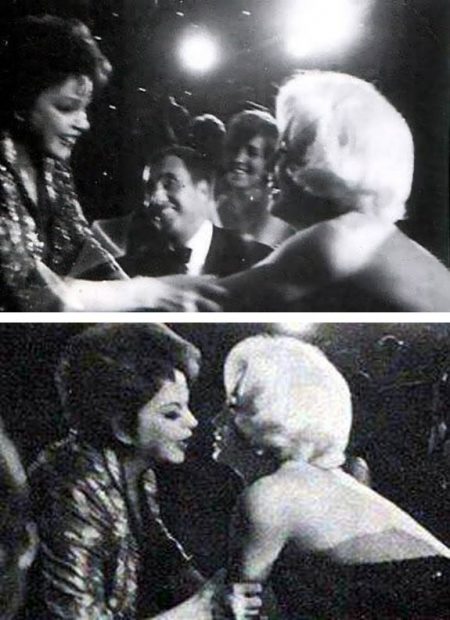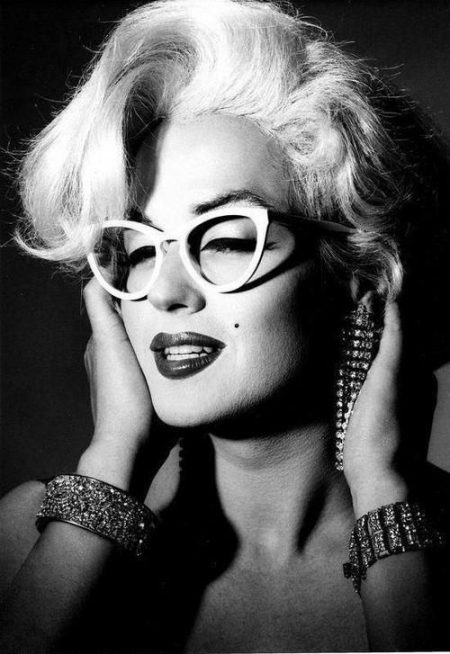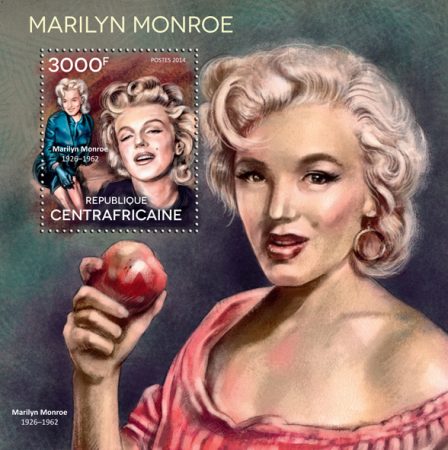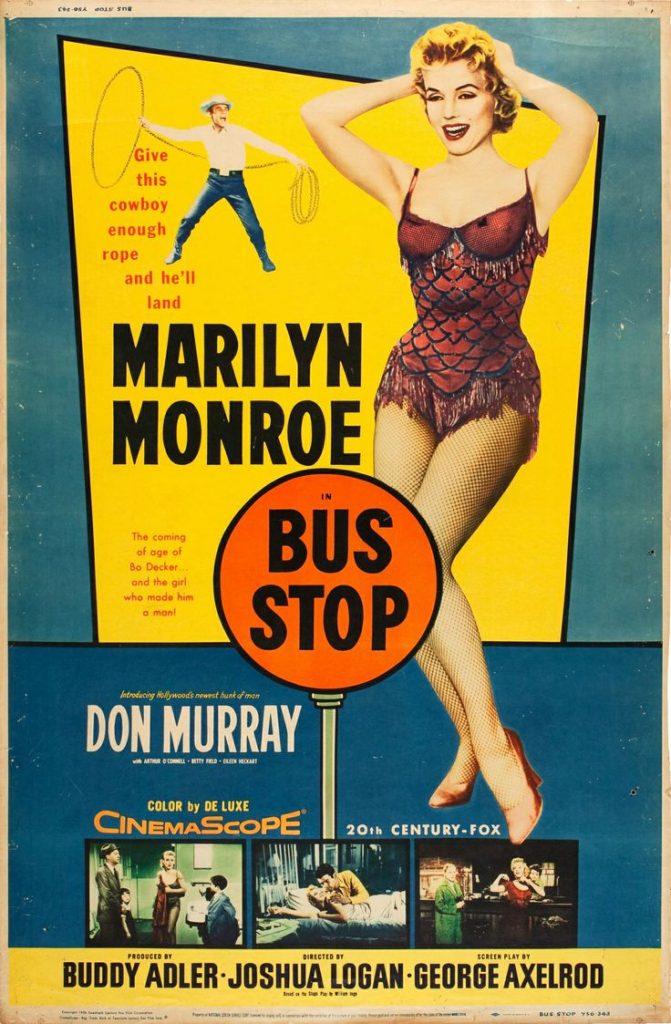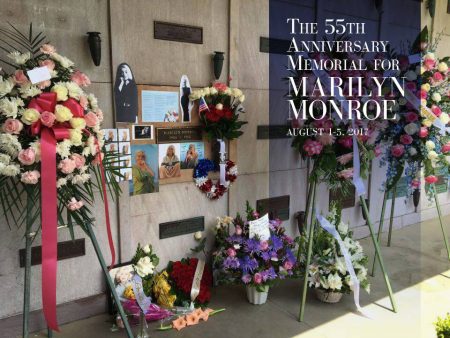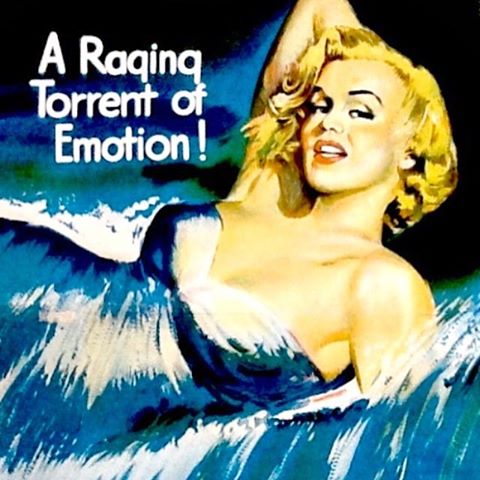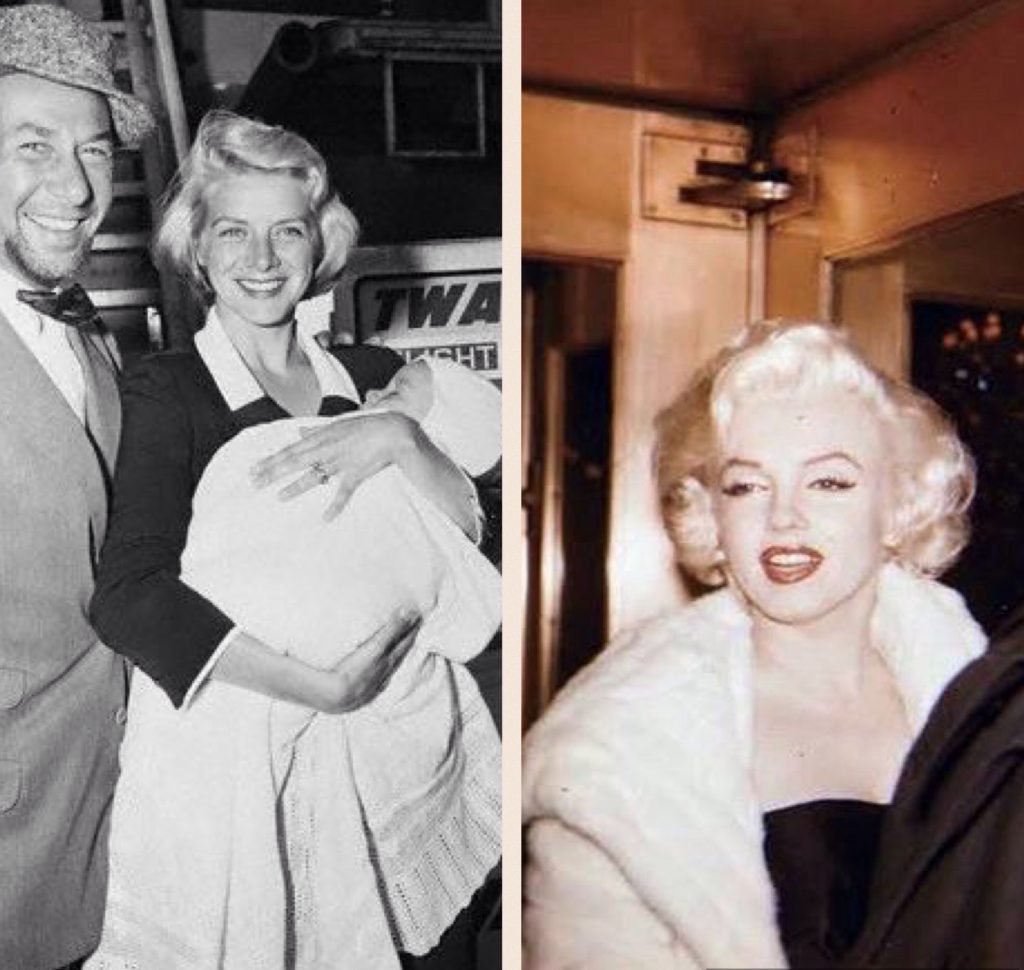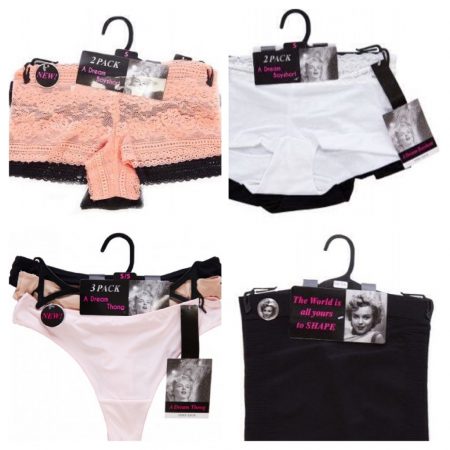
Multimedia artist Philippe Parreno’s 2012 video installation, Marilyn – based on her own writings as collected in the 2010 book, Fragments, and originally exhibited in Switzerland – is featured in a new retrospective of his work in film, Philippe Parreno: Thenabouts, on display at the Australian Centre for the Moving Image (ACMI) in Melbourne until March 13, as Christopher Allen reports for The Australian.
“The most successful and memorable work in the exhibition was devoted to Marilyn Monroe, a figure who for half a century has been a kind of cultural palimpsest: the original actress, talented, intelligent, tragic, is overlaid with Warhol’s adoption of her as emblematic of the way that the modern mass media turns celebrities into two-dimensional patterns akin to brands or logos.
Parreno has recreated the hotel room at the Waldorf Astoria that Monroe occupied in New York in 1955. The camera pans around the room while the actress’s voice describes its design and furnishings: wall coverings, sofas, desks, coffee-table, ornaments. And then the camera switches to a close shot of a fountain pen writing on hotel stationery: we seem to be watching Monroe’s own pen forming her own words in her own handwriting.
But the voice is disembodied and we do not see the hand holding the pen, for all is done through computerised robotic movements. The speech is synthesised from recordings of the star’s voice, and the handwriting robot has been programmed to reproduce samples of her script. As both voice and handwriting routines are repeated, we realise that something mechanical is going on, and this is confirmed as gradually the camera takes a longer view, progressively revealing parts of the illusion.
First we see bits of scaffolding, then gradually we are shown the mechanism holding and moving the pen. And then the camera pans out to reveal that the whole room had really been a set built in a studio. Marilyn Monroe, as it turned out, had not only been reduced to a brand in her own day, but could now be synthetically reproduced, mechanically cloned as it were; a reflection, perhaps, on the further reduction of the actor, in the mass media world, to a consumer product.
The ending was interesting from another point of view too, because it was almost cliched in its use of the trope of illusion revealed. But it was also significant in being one of the few clear endings in a body of films mostly with little sense of starting or finishing.
Watching Parreno’s lengthy and not always gripping body of work, I couldn’t help reflecting that Aristotle was on to something with his conception of plot as the basic structuring device for stories.
At least the Marilyn Monroe film conformed perfectly to his definition of an ending: an action that implies something before it but nothing after it.”
